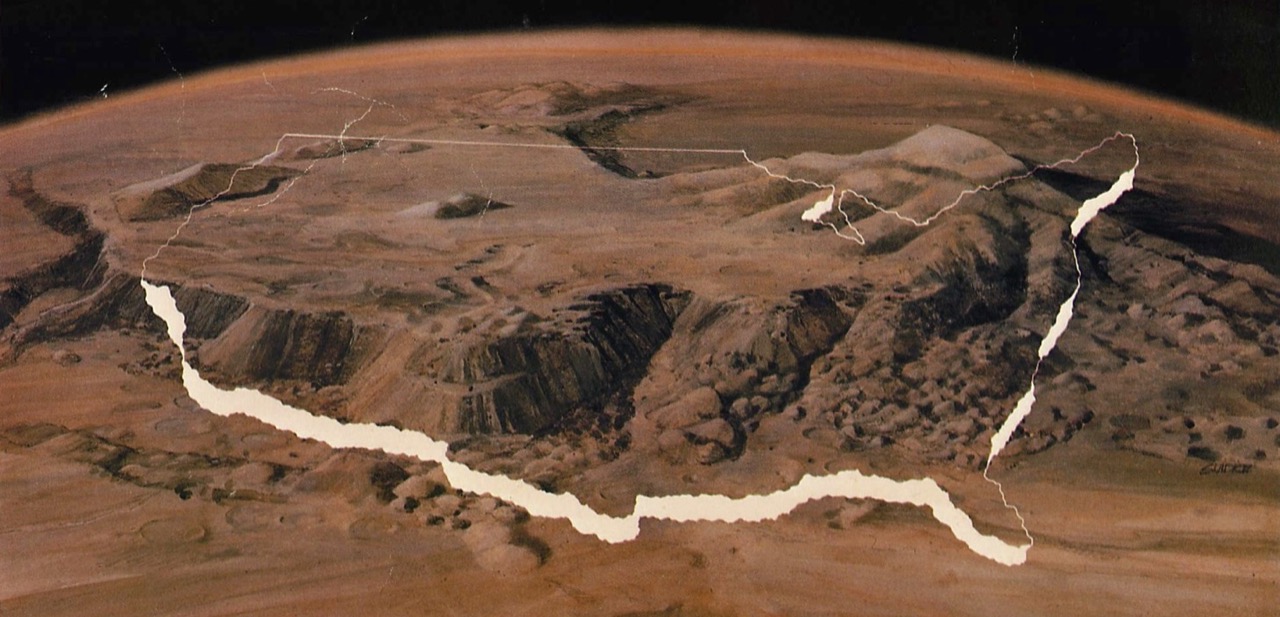The winter of 1981-82 was the second snowiest on record in the Twin Cities. For Minnesota that meant 95 inches of snow over the course of the season. I was six, in first grade, and fascinated by airplanes, astronomy, and the space program.
I remember sitting up in bed at night and looking out my south-facing window to see Orion and Sirius shining brightly in the cold winter sky. I’d lie awake and watch for what seemed like hours. I’d fall asleep and wake up later, noticing that they’d crossed the sky from east to west while I slept.
It was an exciting time to be a space fan. The Space Shuttle had flown twice. Voyager 1 and 2 had recently passed Jupiter and Saturn.
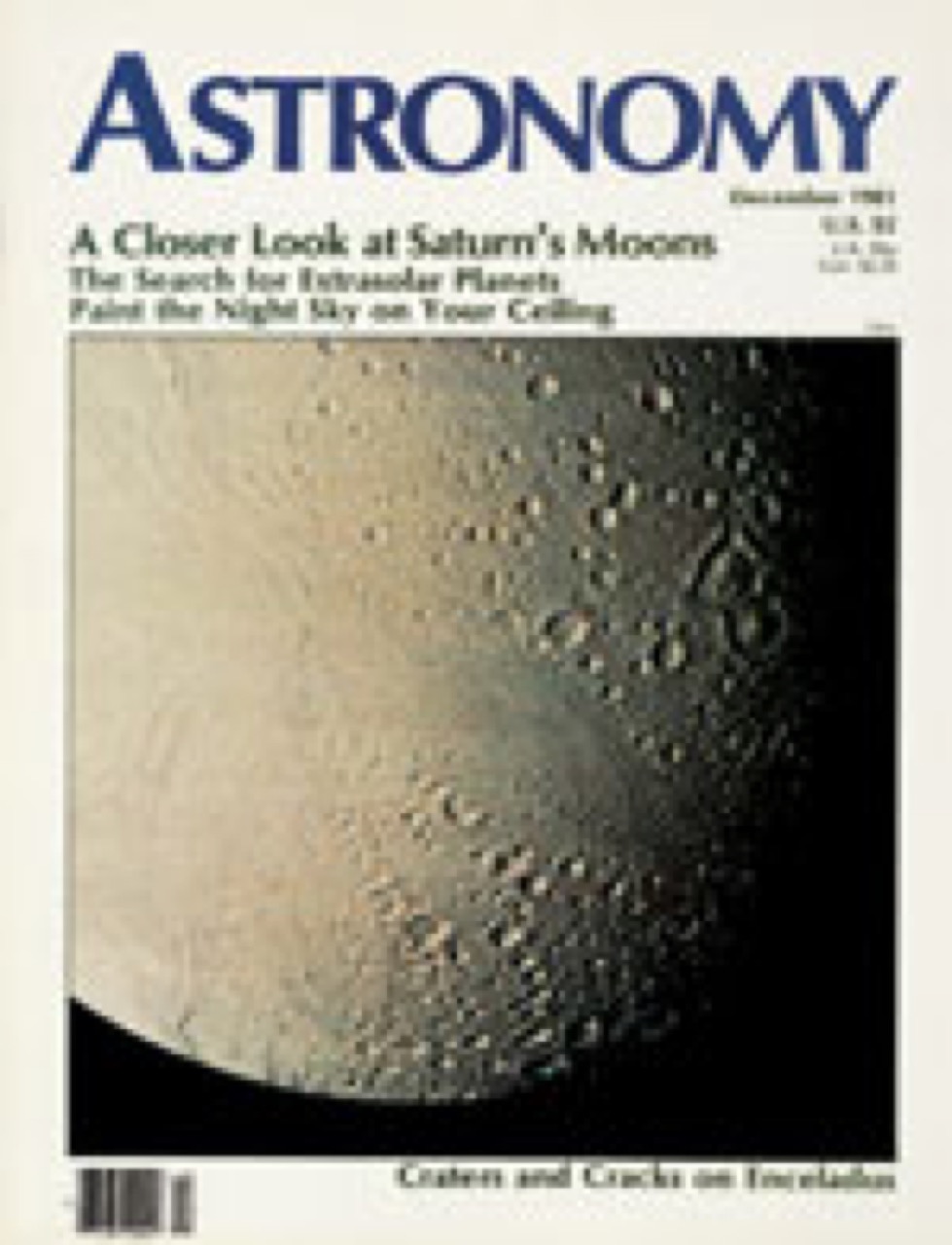
Astronomy Magazine
An old friend of my grandparents worked at JPL, and I cornered him at one of their Christmas parties. After talking his ear off, he was kind enough to give me his copy of Astronomy magazine’s December 1981 issue.
The pages of the cover article were filled with beautiful images the twin Voyagers had taken of Saturn’s moons. Another article had instructions on how to put the night sky on your ceiling with phosphorescent paint. Luckily for the owners of our rented house, that was beyond my abilities at the time.
At some point that winter I decided to write to NASA to tell them how awesome they were. Someone in their public affairs department generously sent me back a large manila envelope full of fact sheets and brochures. Most of them centered on the achievements of the van-sized robots we’d sent out to explore the solar system in our place.
After the moon landings and before the shuttle entered service those little machines were responsible for the bulk of our country’s achievements in space. Even at six it was clear to me that they were special. They went where we couldn’t and sent back amazing pictures of worlds I’d never touch. A first grader couldn’t walk on the moons of Jupiter, but neither could an astronaut for the forseeable future. Yet we could both look at the same amazing pictures of Io’s volcanoes or Europa’s oceans of ice.
I ran across the old fact sheets while going through a box in my attic the other day and uploaded them for your enjoyment. It reminded me that we’re once again in an age where robots are doing most of the heavy-lifting in space exploration, and that’s great.
A generation of kids who have grown up exploring virtual worlds at their desktop can deeply relate to these remote eyes in the darkness of space. They know that mapping Mercury, the Moon, Mars, Ganymede, and Enceladus from orbit is important because they use Google Maps to get around every day here on Earth.
To whomever at NASA took the time to answer a six-year-old’s letter in early 1982, I want to say “thank you”. I must have read what you sent me hundreds of times over the years. Those few minutes of your time made a huge difference to me that I’ll never forget.
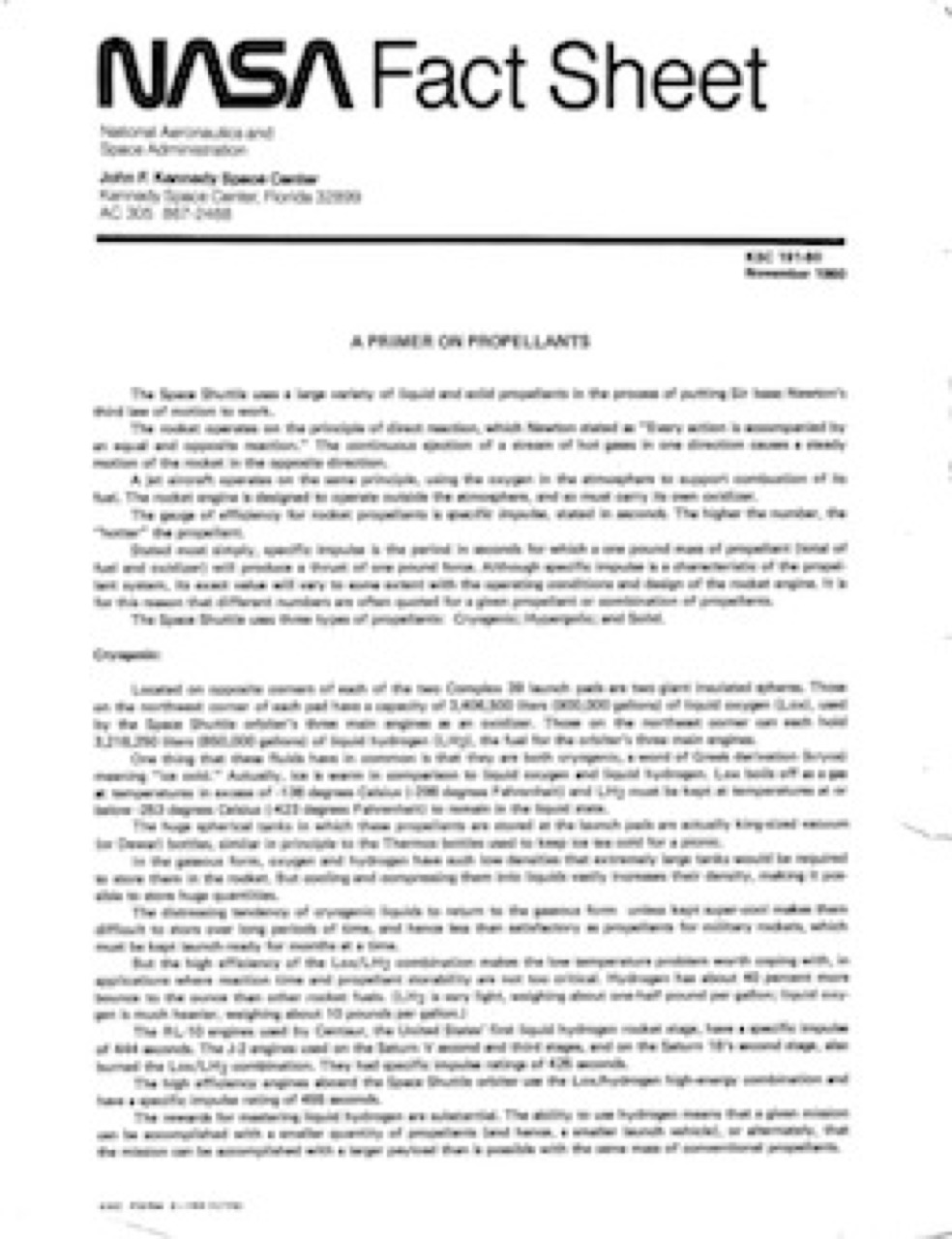
A Primer on Propulsion
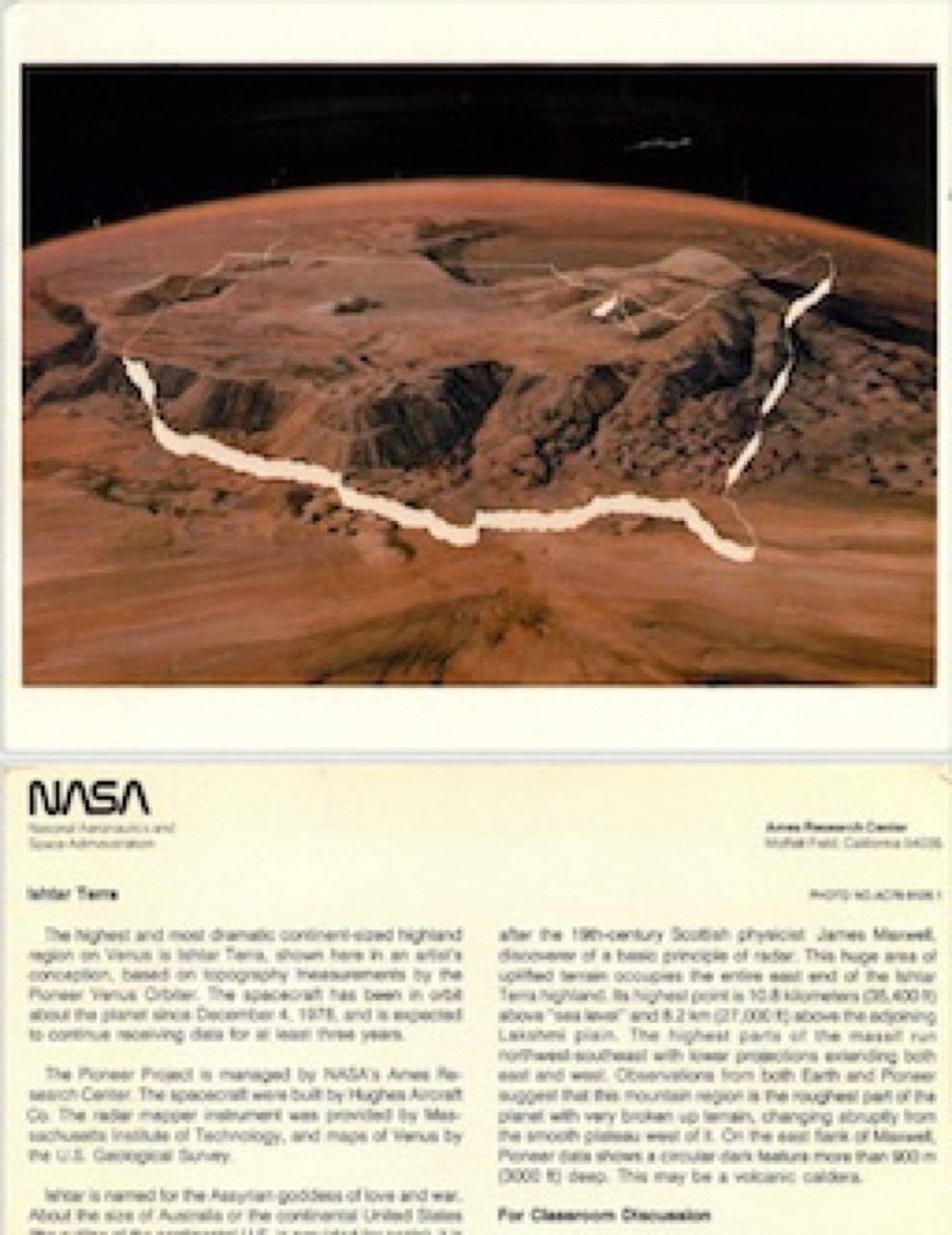
A Primer on Propulsion
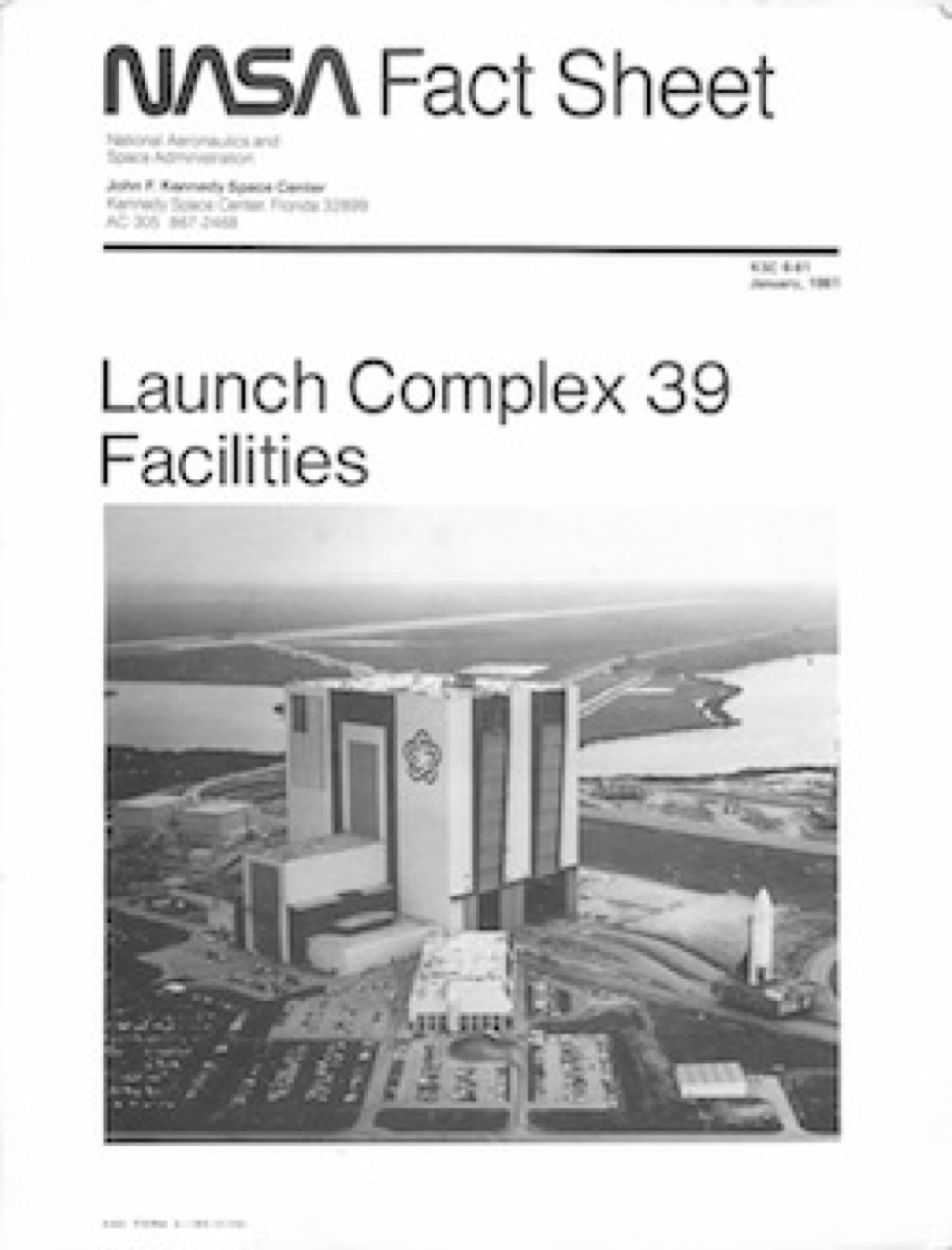
Launch Complex 39
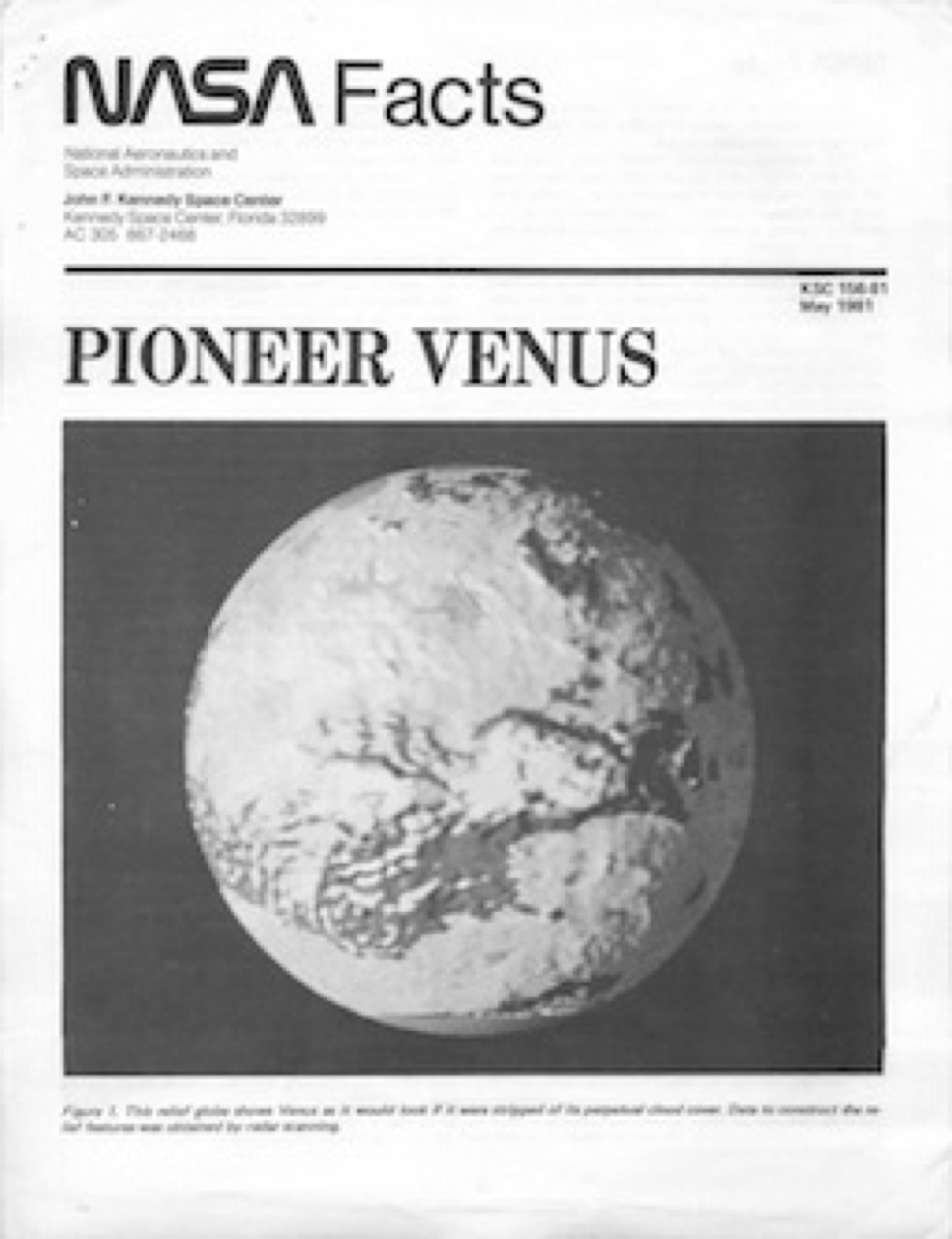
Pioneer Venus
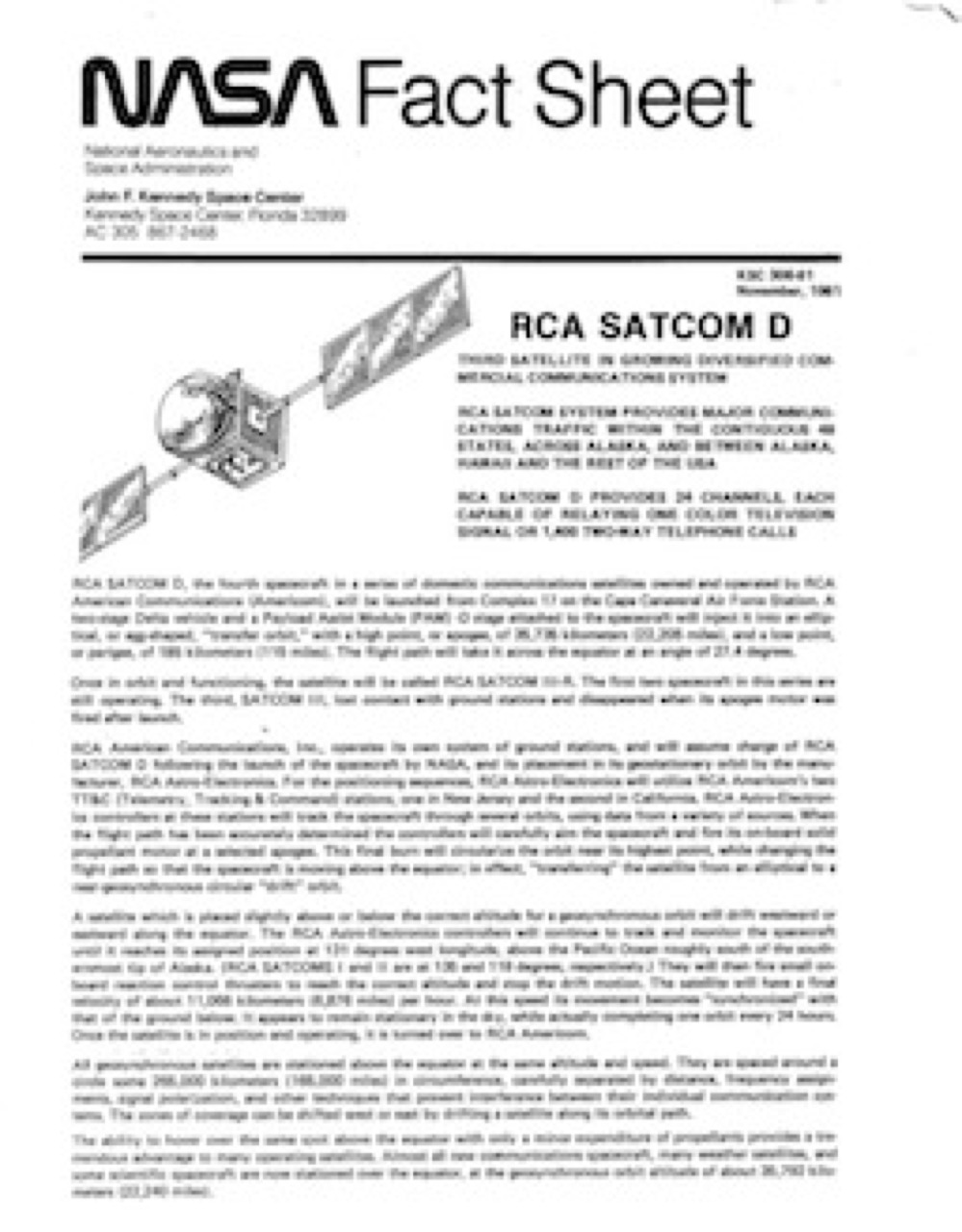
RCA SATCOM D
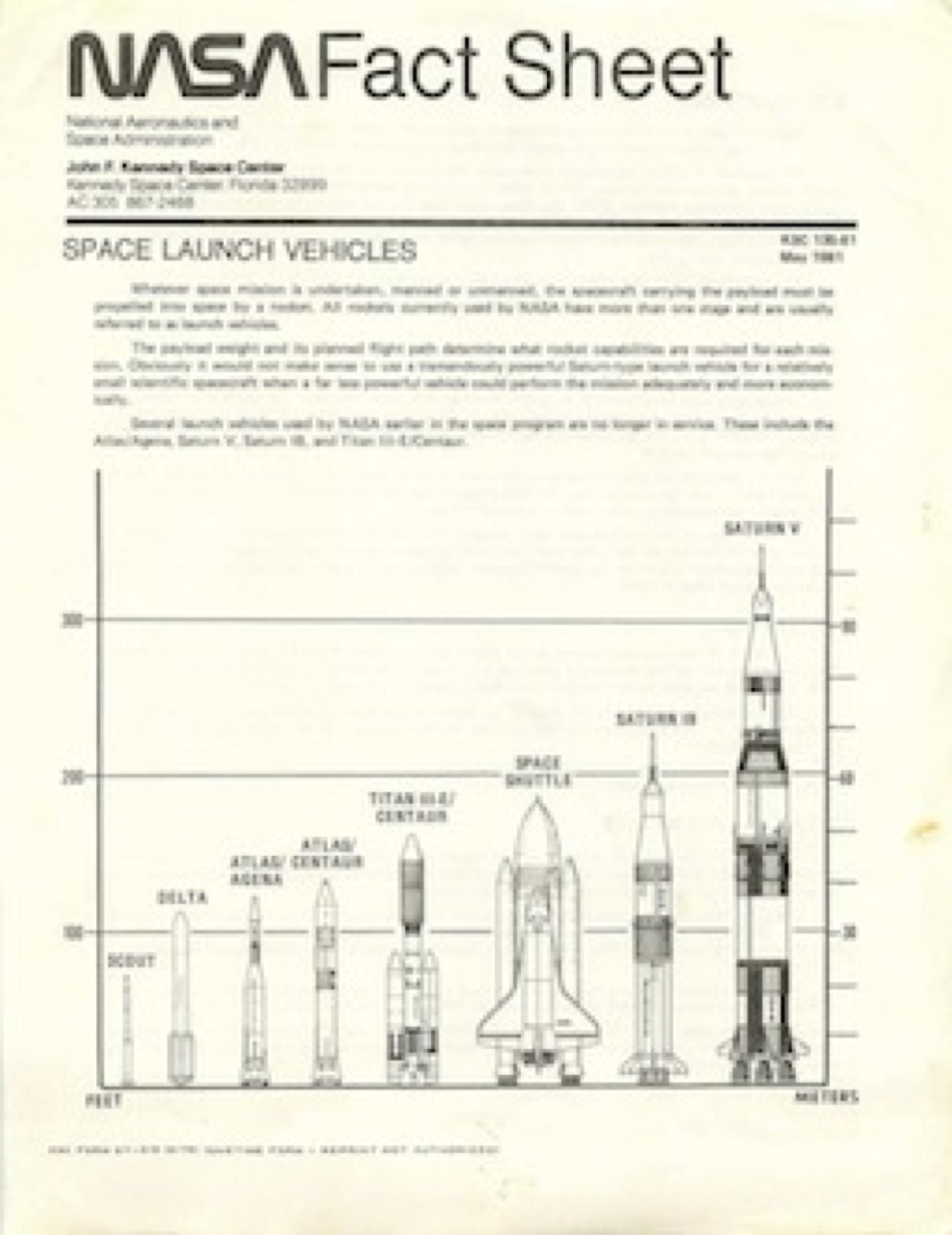
Space Launch Vehicles

Landsat
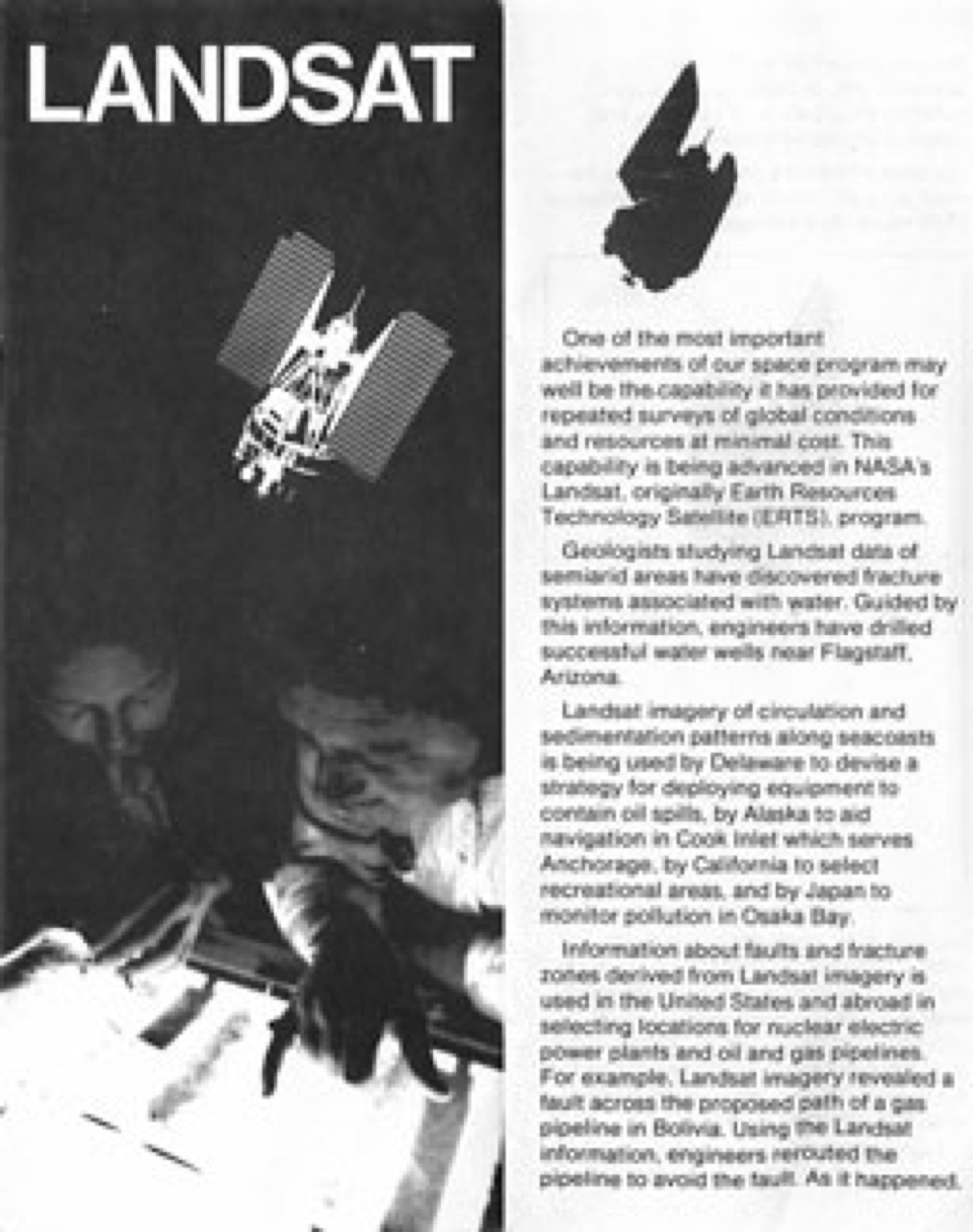
Landsat
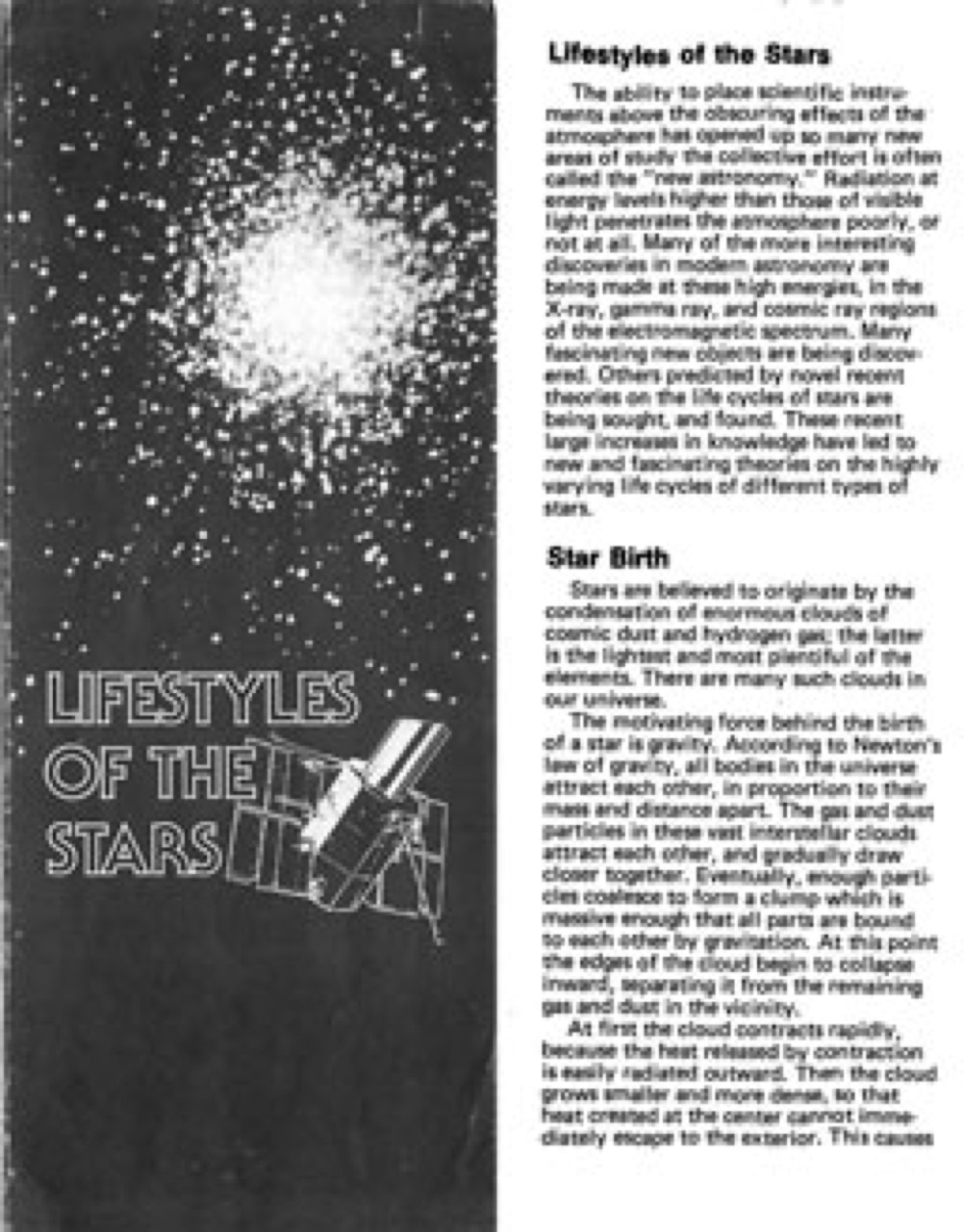
Lifestyles of the Stars
